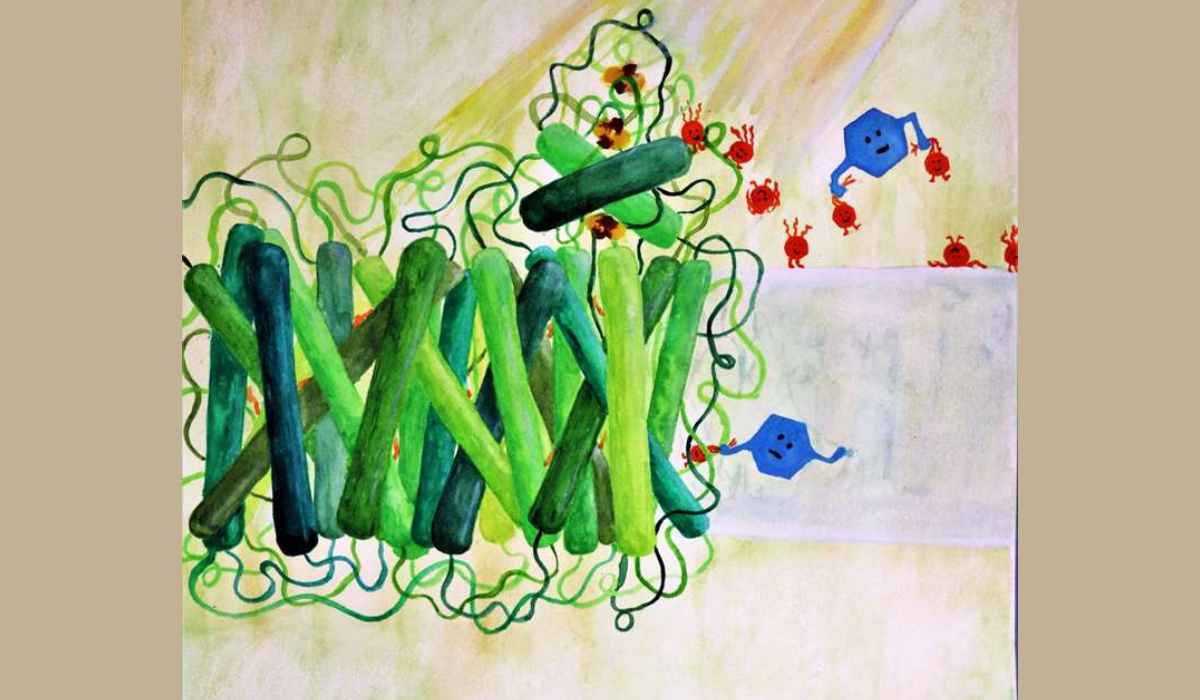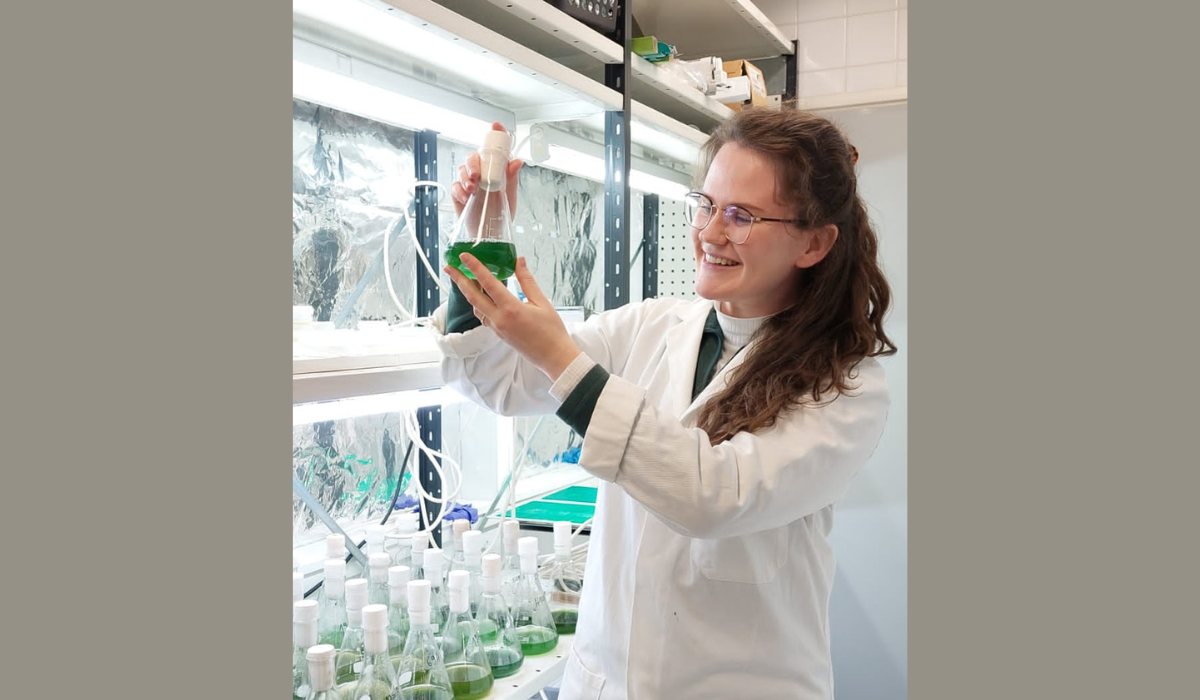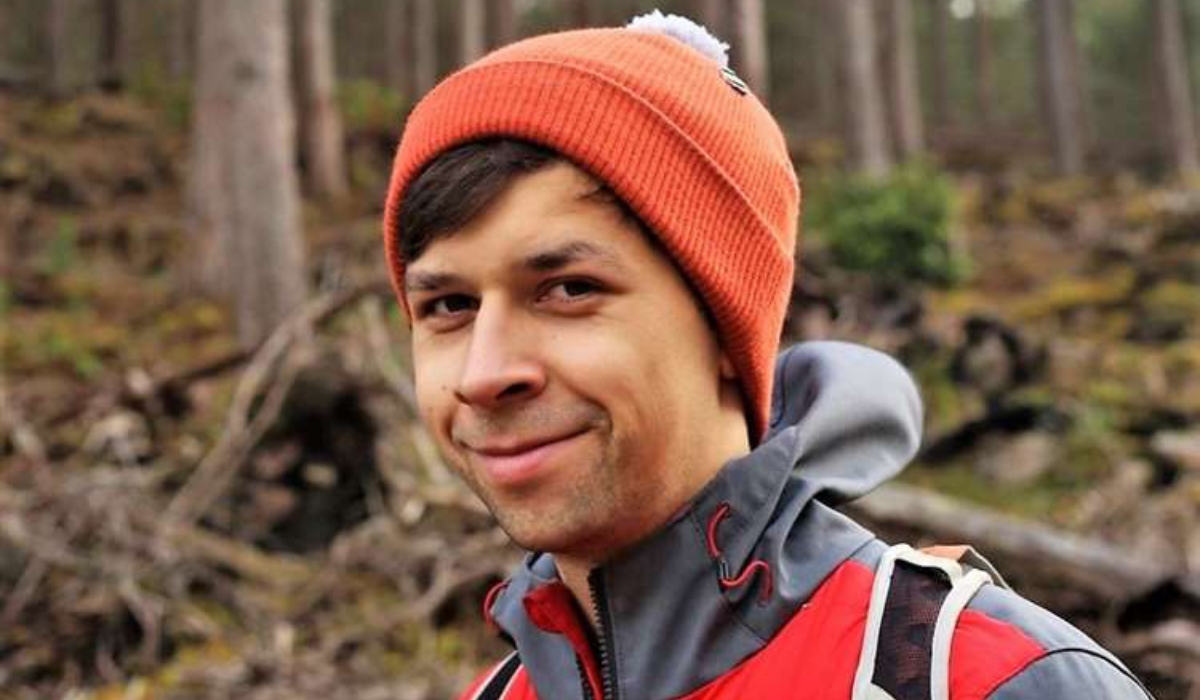Research co-led by Dr Tomi Baikie shows new ways to extract energy from the earliest stages of photosynthesis.
Dr Tomi Baikie is a Research Fellow at the Physics department of the University of Cambridge and Director of Studies in Physics at Lucy Cavendish College. He is the first author, along with Dr Laura Wey, of the recently completed paper which was led by the University of Cambridge and involved an international team of physicists, chemists, and biologists. The researchers were able to ‘hack’ the earliest stages of photosynthesis, the natural machine that powers the vast majority of life on Earth, and discovered new ways to extract energy from the process – a finding that could lead to new ways of generating clean fuel and renewable energy.
He was sitting in a pub with a fellow researcher, Dr Wey, when he came up with the idea of using lasers to look into plant cells.
Tomi said, "Surprisingly, our idea worked quite well! I carried out the laser spectroscopy, shining beams of light that are a million billion times faster than the flash on your phone into a living cell. Using that information we were able to watch how photosynthesis works in a live cell [and] managed to extract electrons from the cell. This means we can make cells/plants work as solar cells and have outlined a method by which it is possible to extract the electrons at the best possible point."
Despite the fact that it is one of the most well-known and well-studied processes on Earth, the researchers found that photosynthesis still has secrets to tell. Using ultrafast spectroscopic techniques to study the movement of energy, the researchers found the chemicals that can extract electrons from the molecular structures responsible for photosynthesis do so at the initial stages, rather than much later, as was previously thought. This ‘rewiring’ of photosynthesis could improve ways in which it deals with excess energy, and create new and more efficient ways of using its power. The results are reported in the journal Nature.
Photosynthetic cells illuminated by a laser, with photosynthetic reaction centres absorbing the light and lighting up - Illustration by Dr Ryo Mizuta
By using this new set-up – on live cells – they managed to work out that they could extract electrons at the best possible point in photosynthesis. This could be useful for making plant-based solar cells, catalysis or even taking carbon from the atmosphere – all pressing challenges.

Most importantly, the quantum electronics of the plant world could be used to inspire new more efficient devices – such as displays, and solar cells.
The researchers say that being able to extract charges at an earlier point in the process of photosynthesis, could make the process more efficient when manipulating photosynthetic pathways to generate clean fuels from the Sun. In addition, the ability to regulate photosynthesis could mean that crops could be made more able to tolerate intense sunlight.





